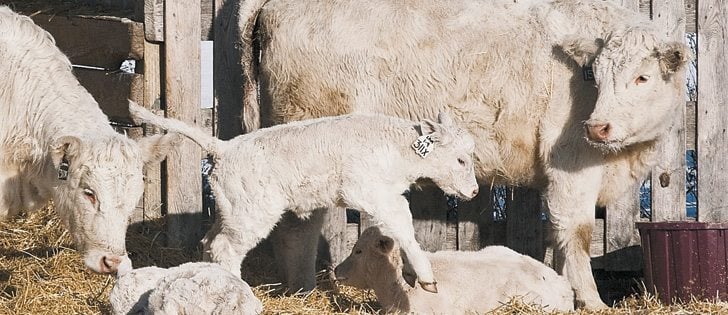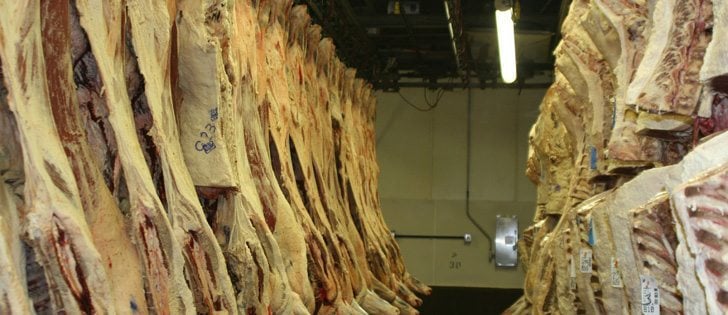Horse owners with animals troubled by laminitis may benefit from videos and webinars by laminitis expert Dr. Donald Walsh.
The retired American veterinarian also offers expertise at www.ahf.laminitis.org, the site for the Animal Health Foundation that Walsh founded.
In a recent webinar, Walsh outlined various types of laminitis, which is an inflammation of the laminae in the hoof that causes the coffin bone in the foot to descend, causing pain to the horse.
“Laminitis kills many horses each year in this country, but unfortunately the disease doesn’t kill the horse,” Walsh said in his webinar.
Read Also

Canadian Food Inspection Agency slammed for handling of bovine tuberculosis case
The federal government leans heavily on producers to “take one for the team” and risk their livelihoods without any reassurance of support.
“The owner and the veterinarian have to make that decision to euthanize the horse and this can often be a heart wrenching decision for an owner to have to make.”
There are several types of laminitis, and Walsh cautioned horse owners to determine which one is affecting their horse before seeking treatment from a veterinarian and a farrier.
Researchers have learned in the last five to seven years that in some forms of laminitis are related to abnormal hormones. Both equine Cushings disease and equine metabolic syndrome (EMS) are related to excess insulin.
Horses with EMS are often easy keepers but have crested necks where fat has been deposited because of insulin issues that affect blood glucose levels. Walsh said fat is also deposited behind the withers and the top of the rump.
Treatment requires a low carbohydrate diet and regular exercise, which will likely mean limiting the horse’s access to grass. Thyroid medication may also be required.
“Obesity is on the increase in this country and we see many more horses that are overweight,” Walsh said. “And being overweight is a prelude to insulin resistance.”
However, obesity doesn’t necessarily mean a horse is insulin resistant and thus prone to laminitis because other genetic factors are also at play.
Other signs include abnormal growth rings on the hoof walls, with rings wider at the heel than the toe. Signs of blood seepage in the bottom of the hoof are also a clue.
Equine Cushings is caused by a pituitary abnormality and shows up in long or shaggy hair coats and lack of shedding, even in summer. It can be treated with medication.
Walsh recommended horses be given four tests to determine what type of laminitis they have: ACTH (adrenal corticotrophin hormone); an insulin test after fasting; blood glucose level and thyroid.
A horse with EMS will have normal ACTH but high insulin, and a horse with Cushings will have a high ACTH and high insulin.















